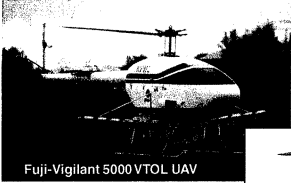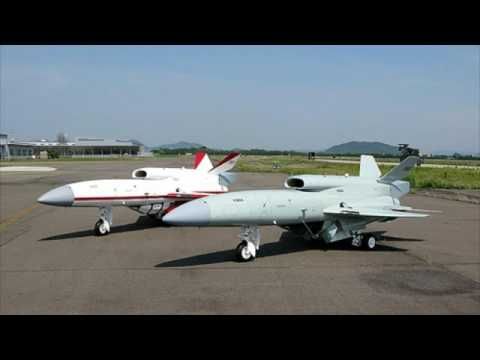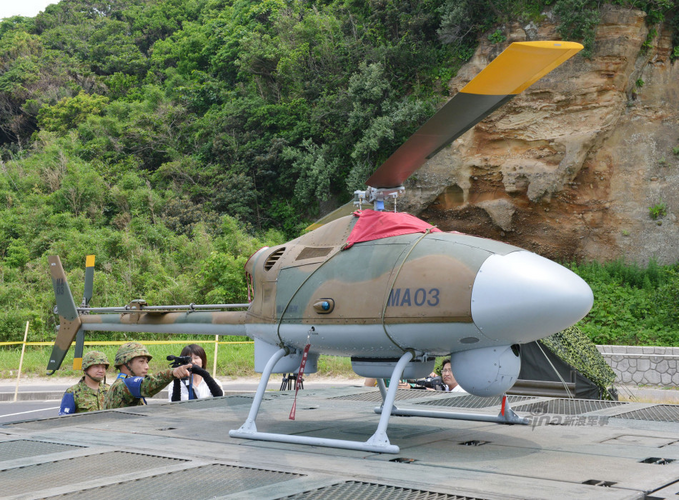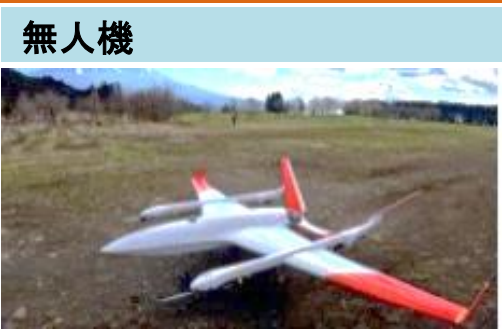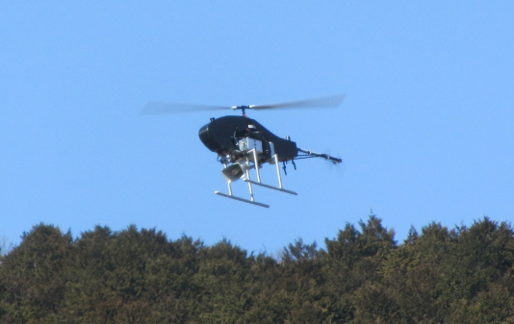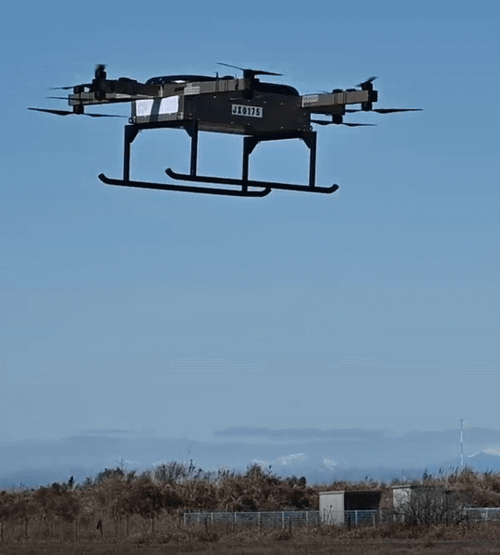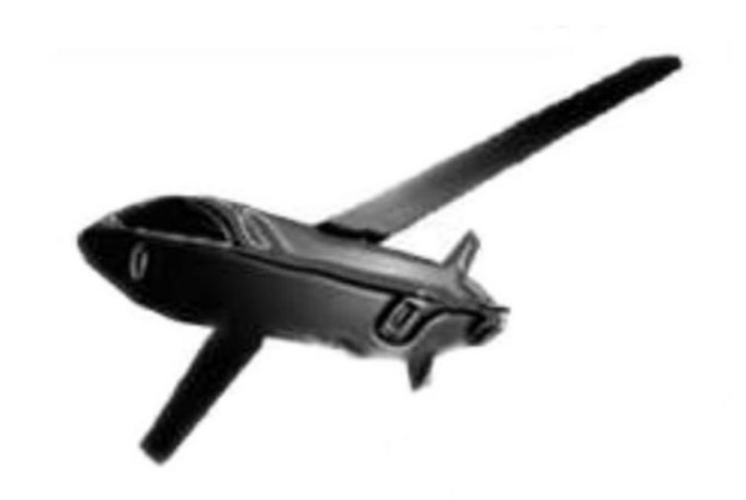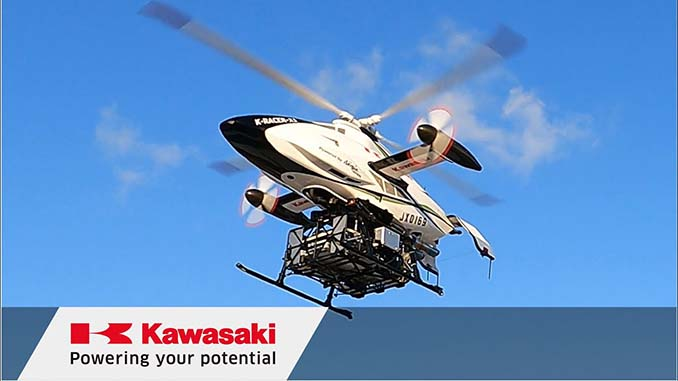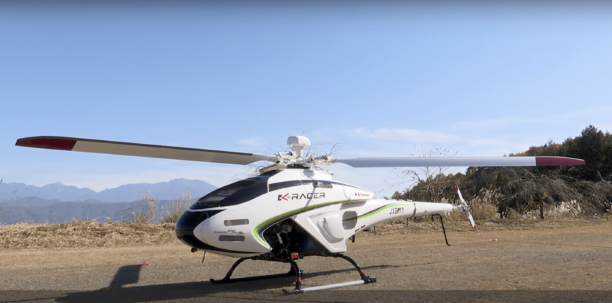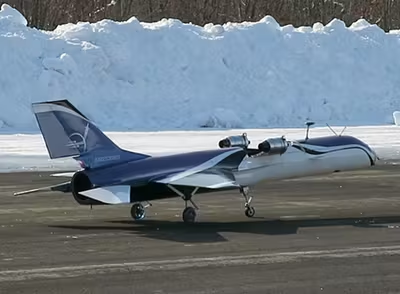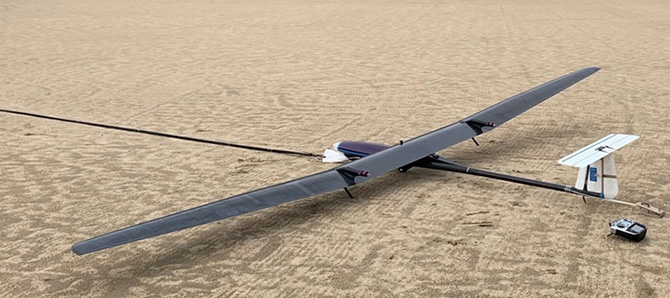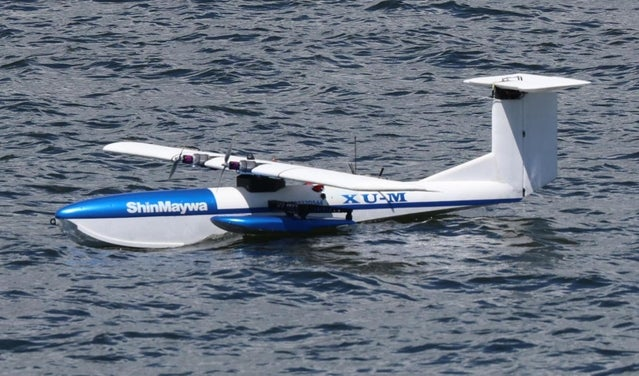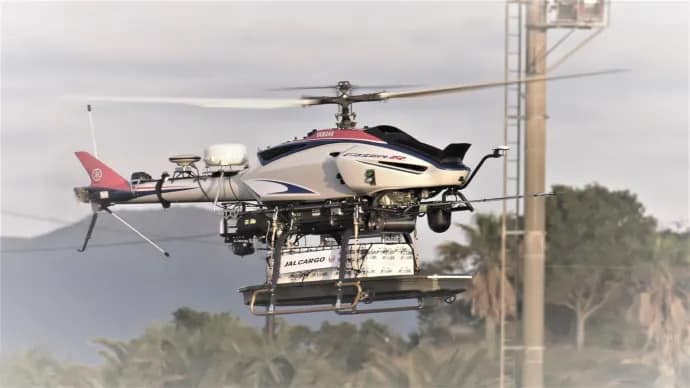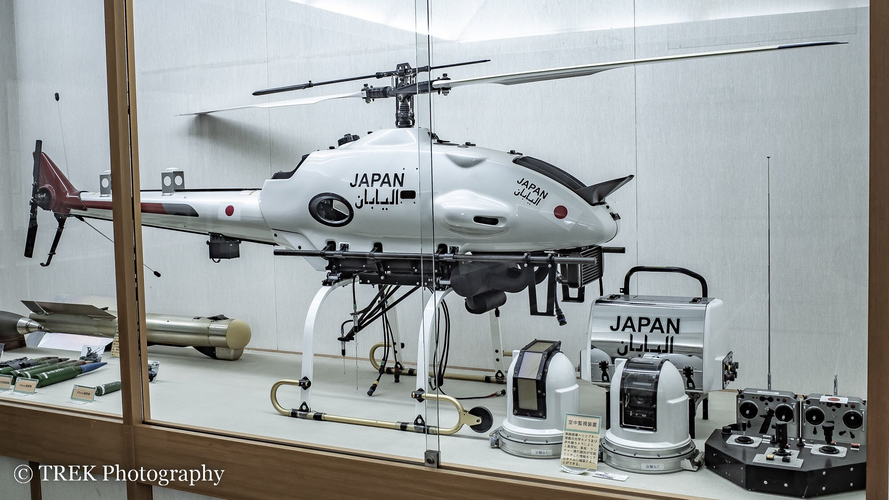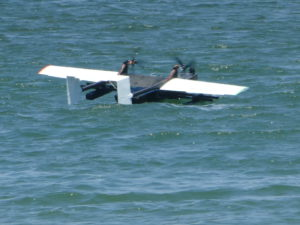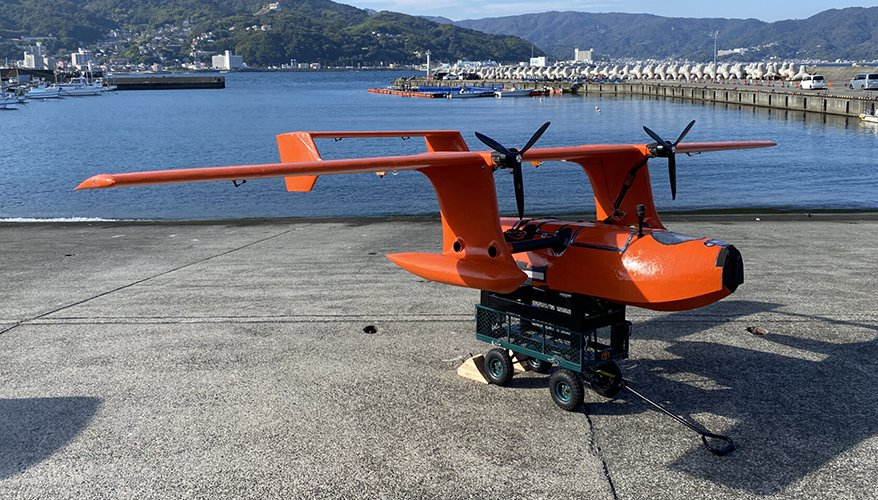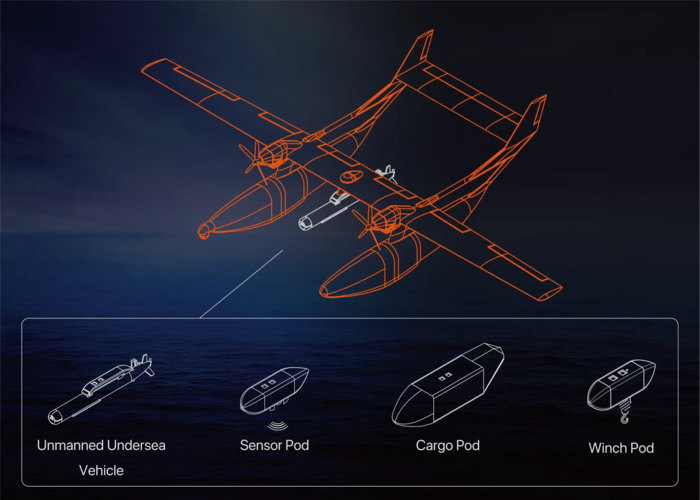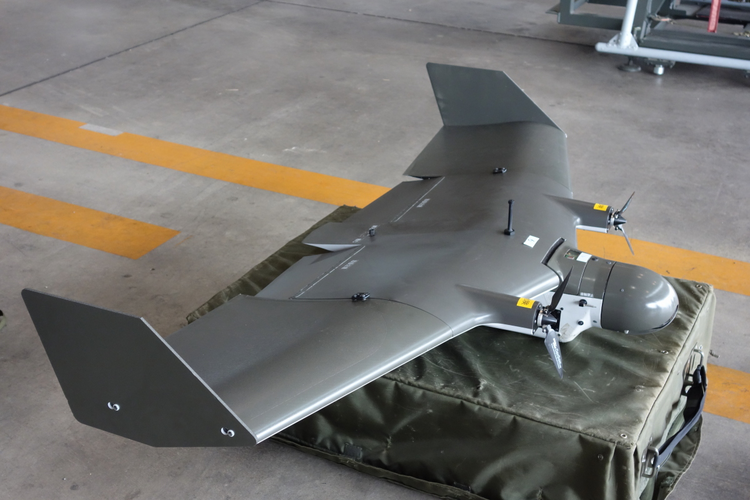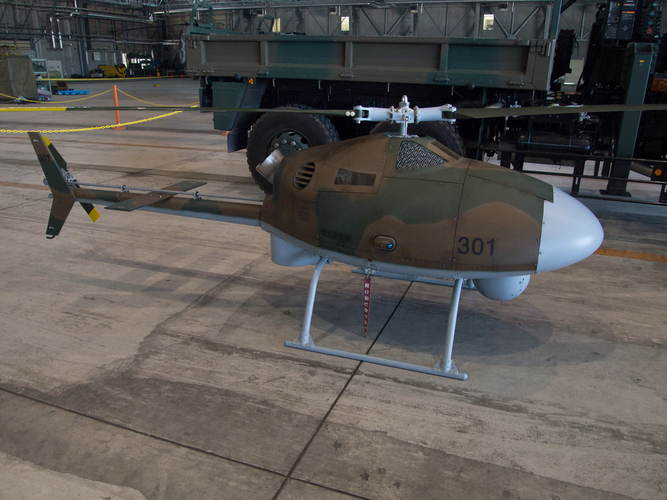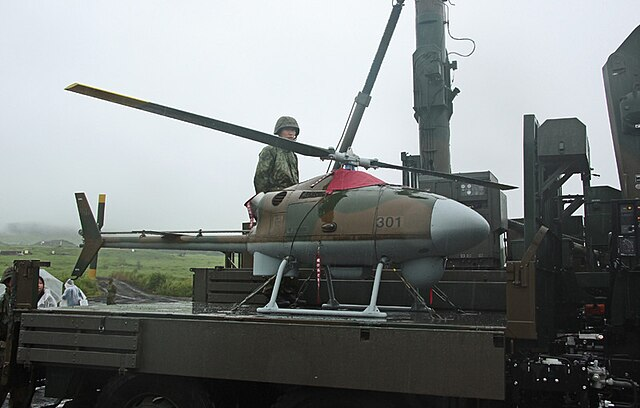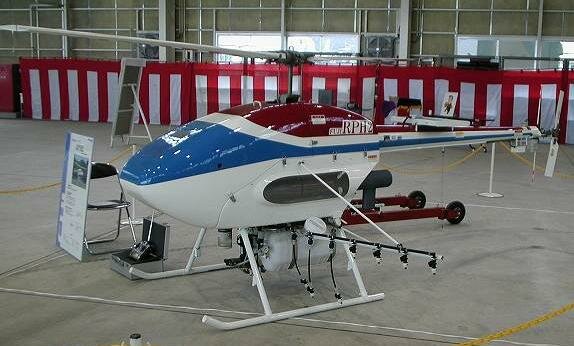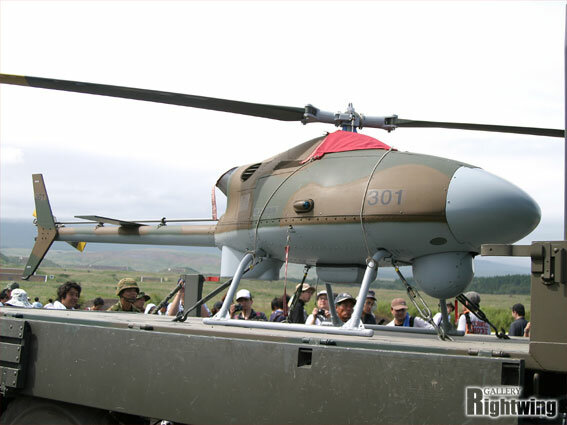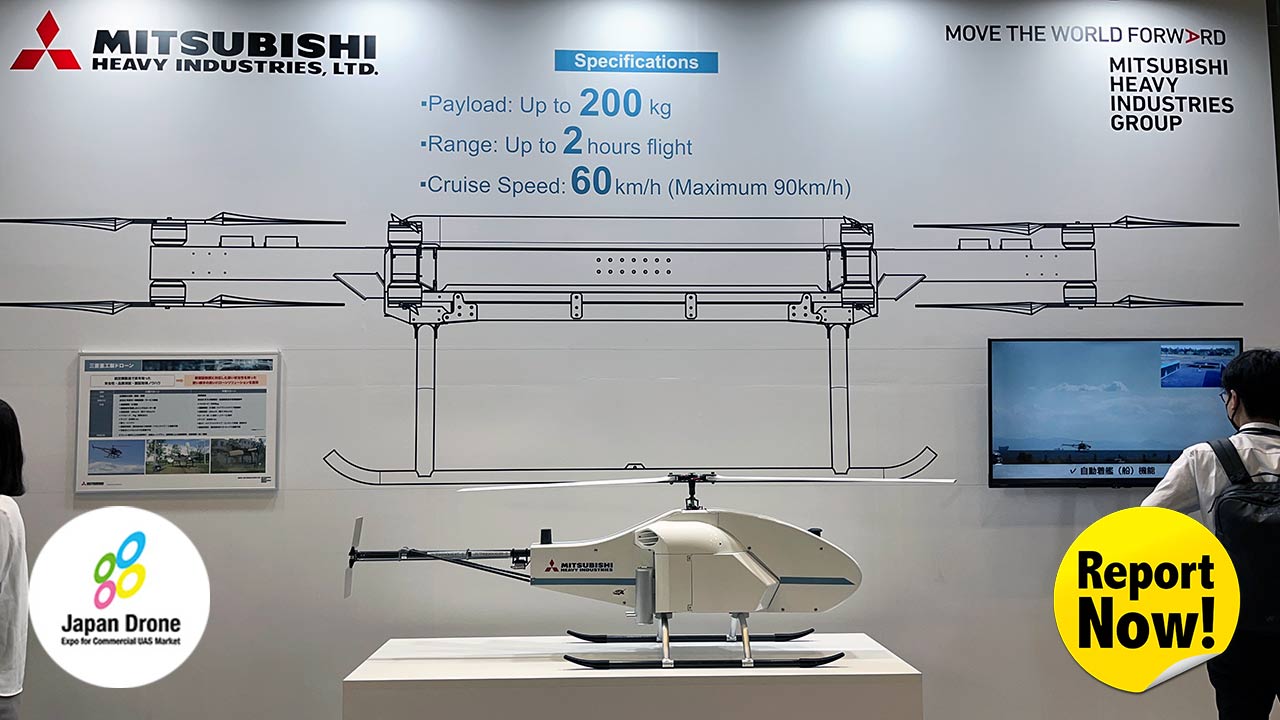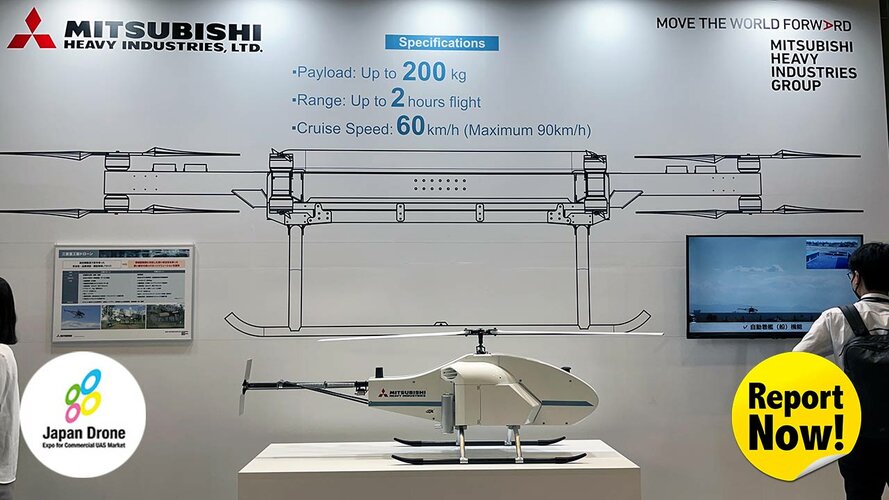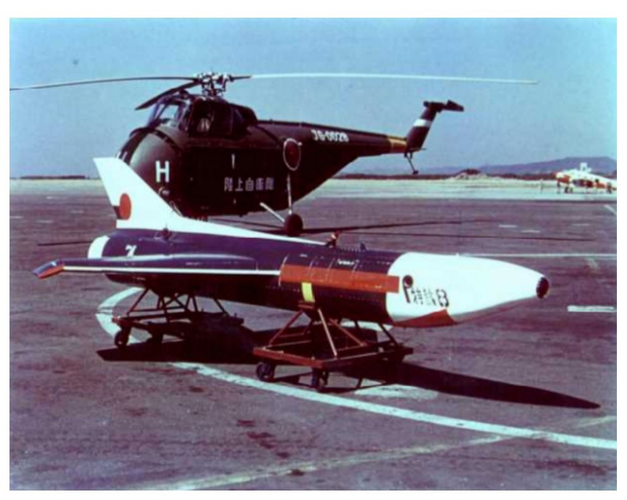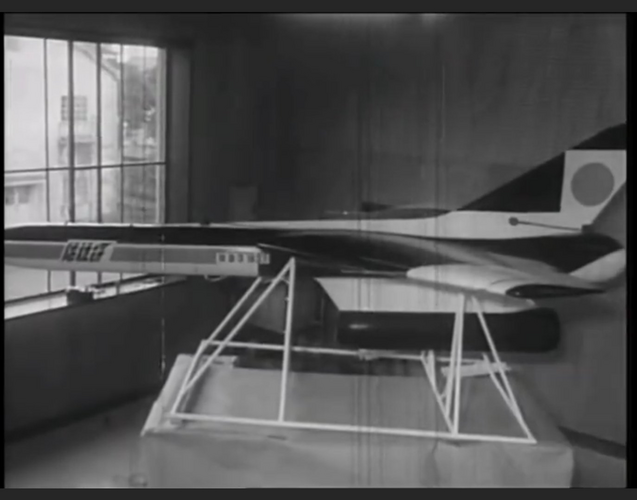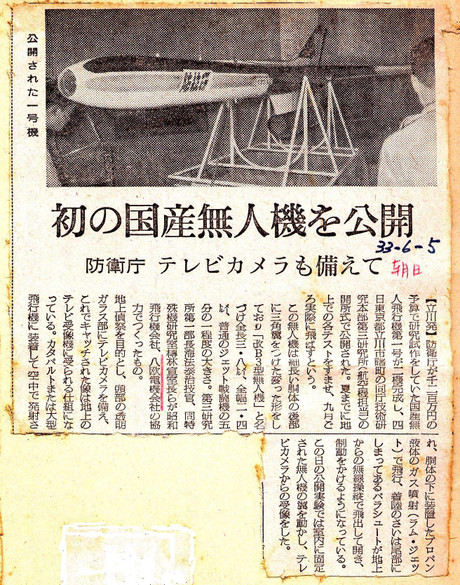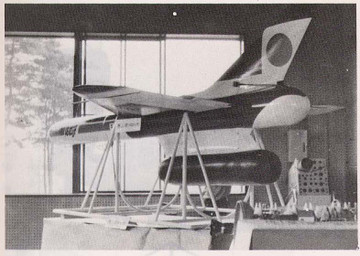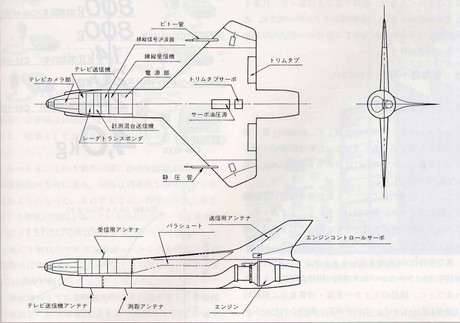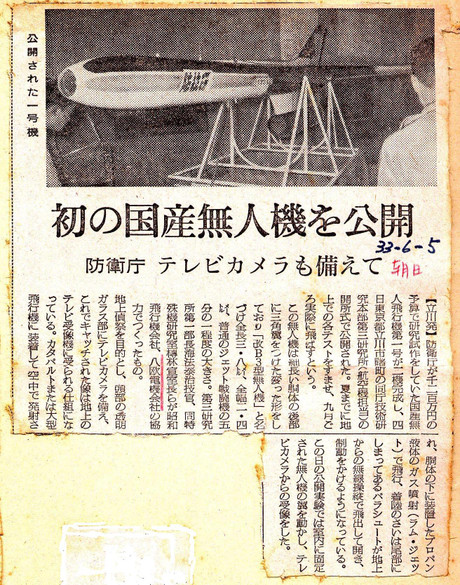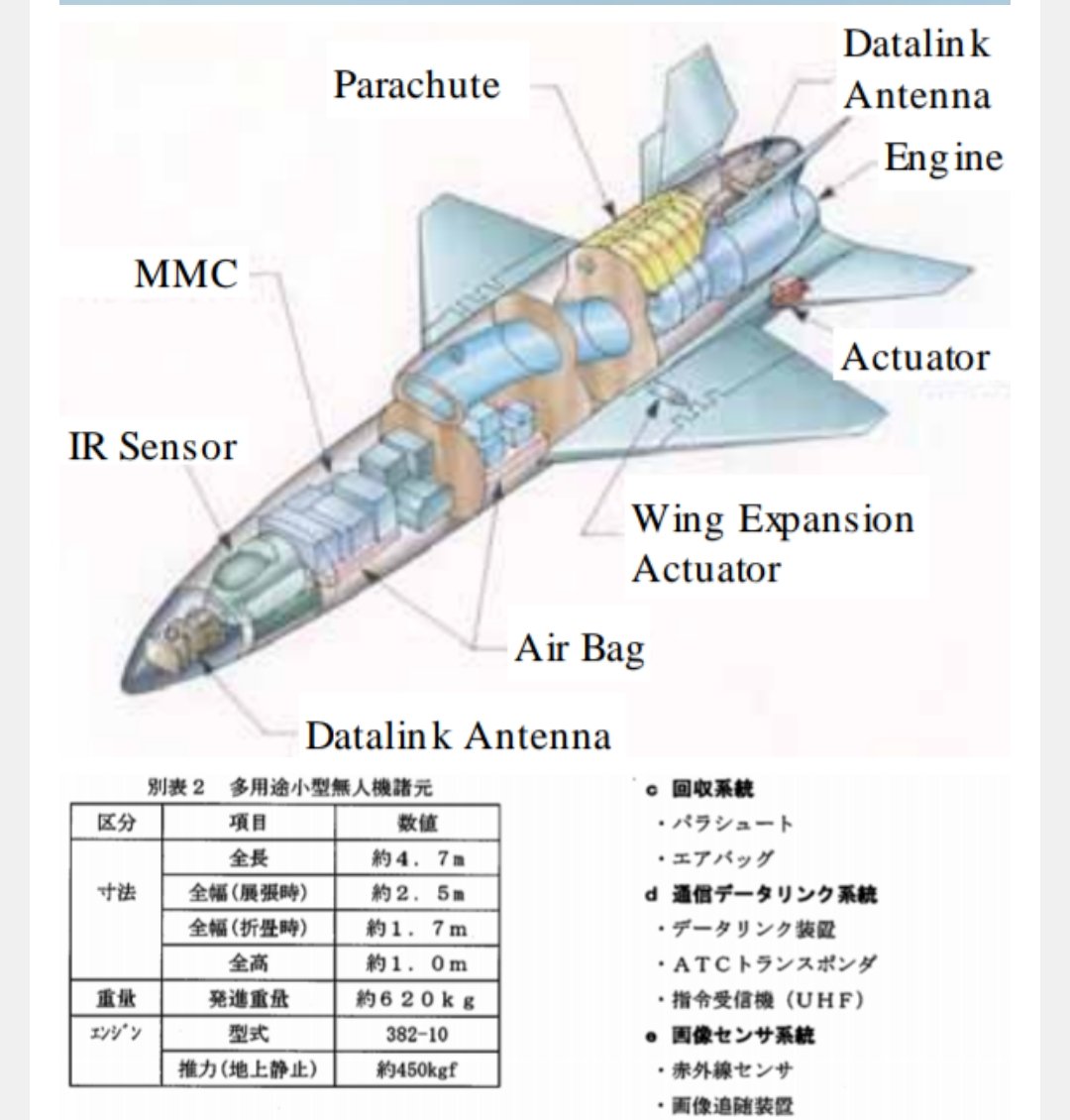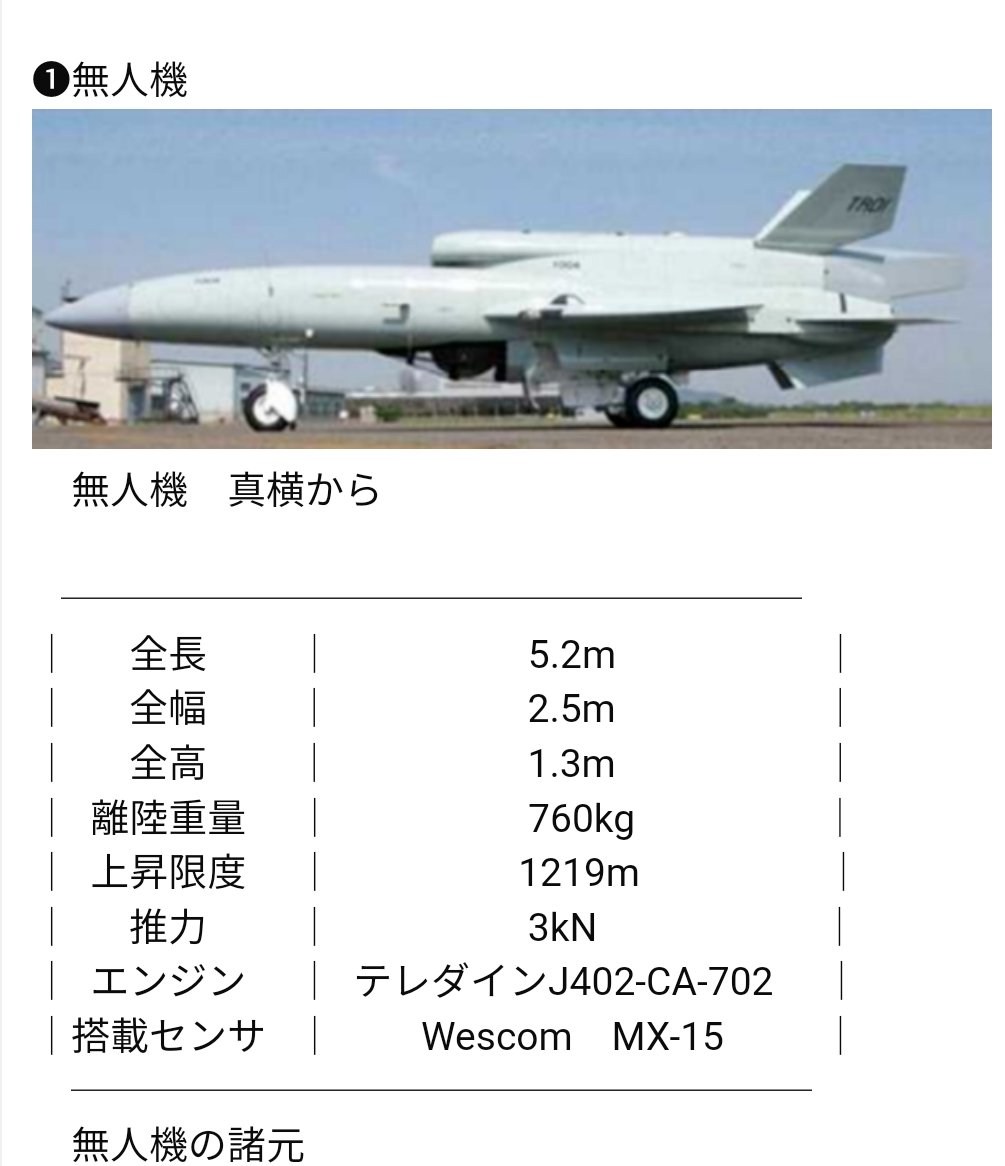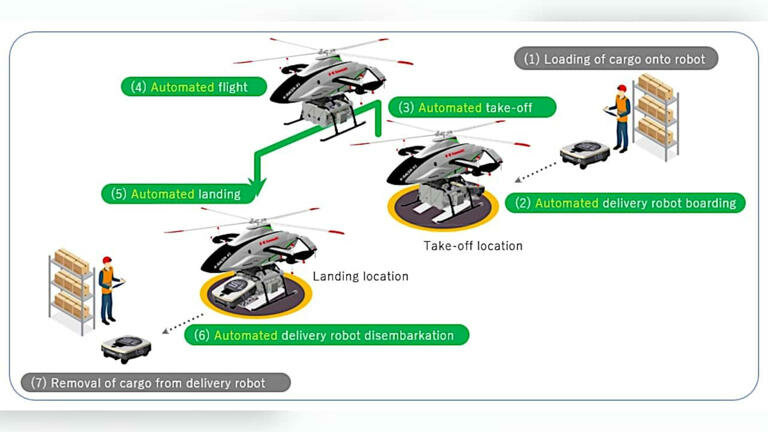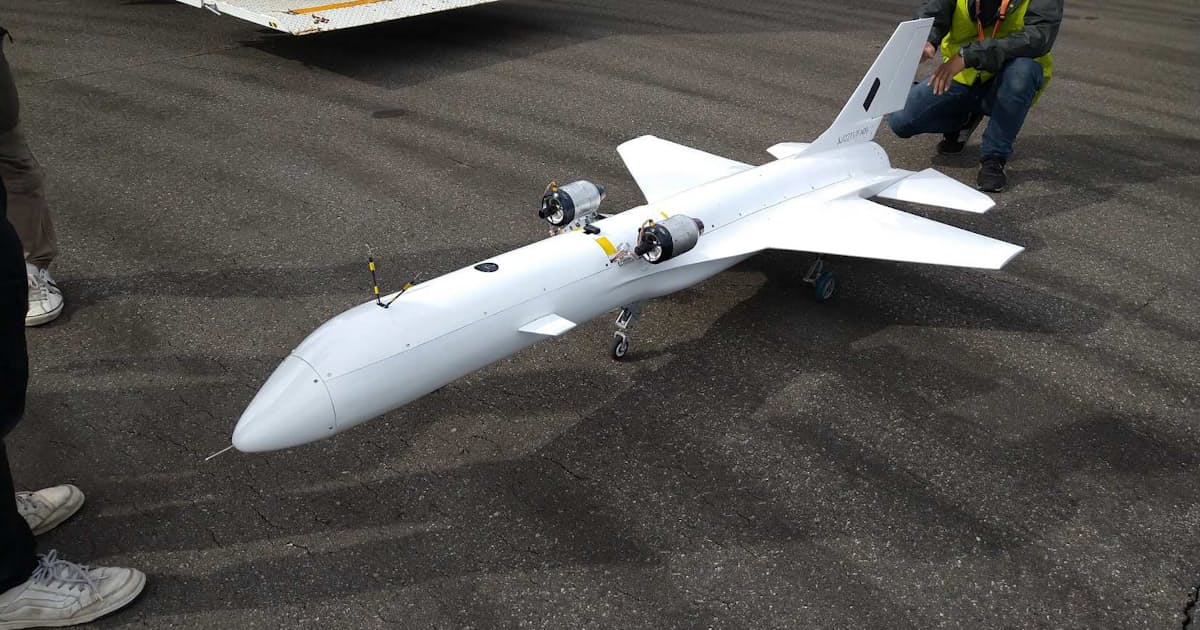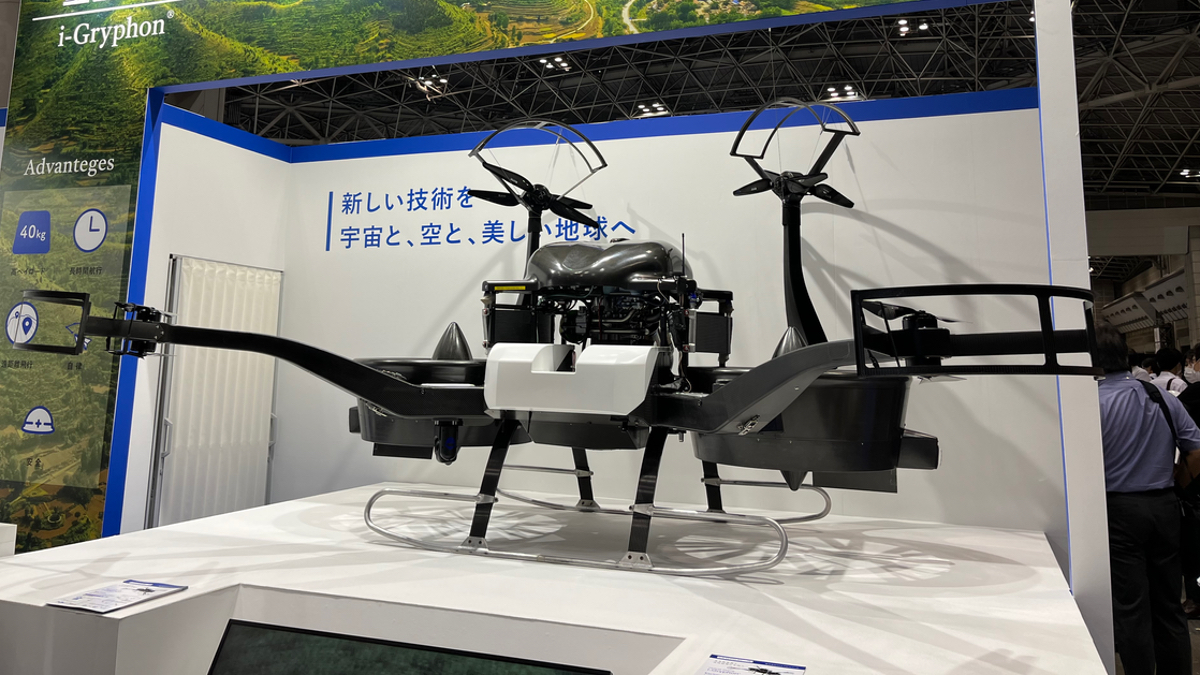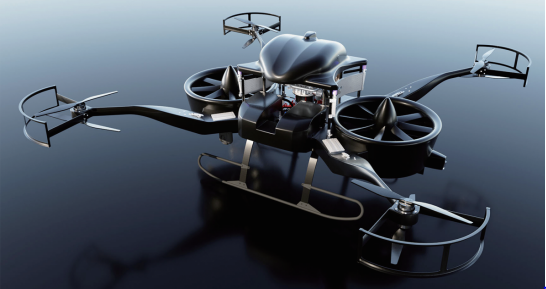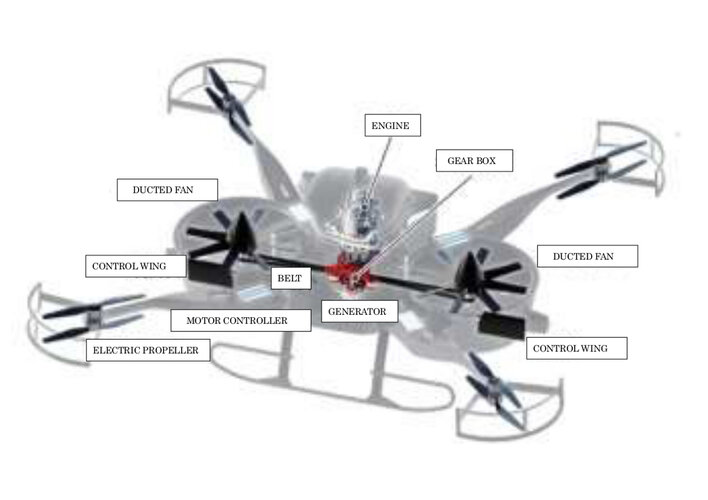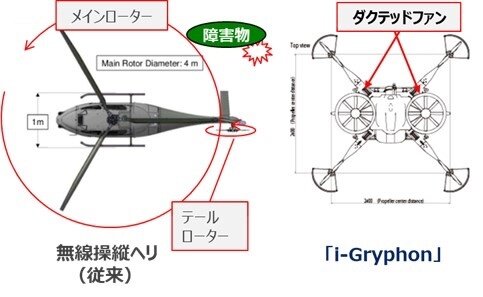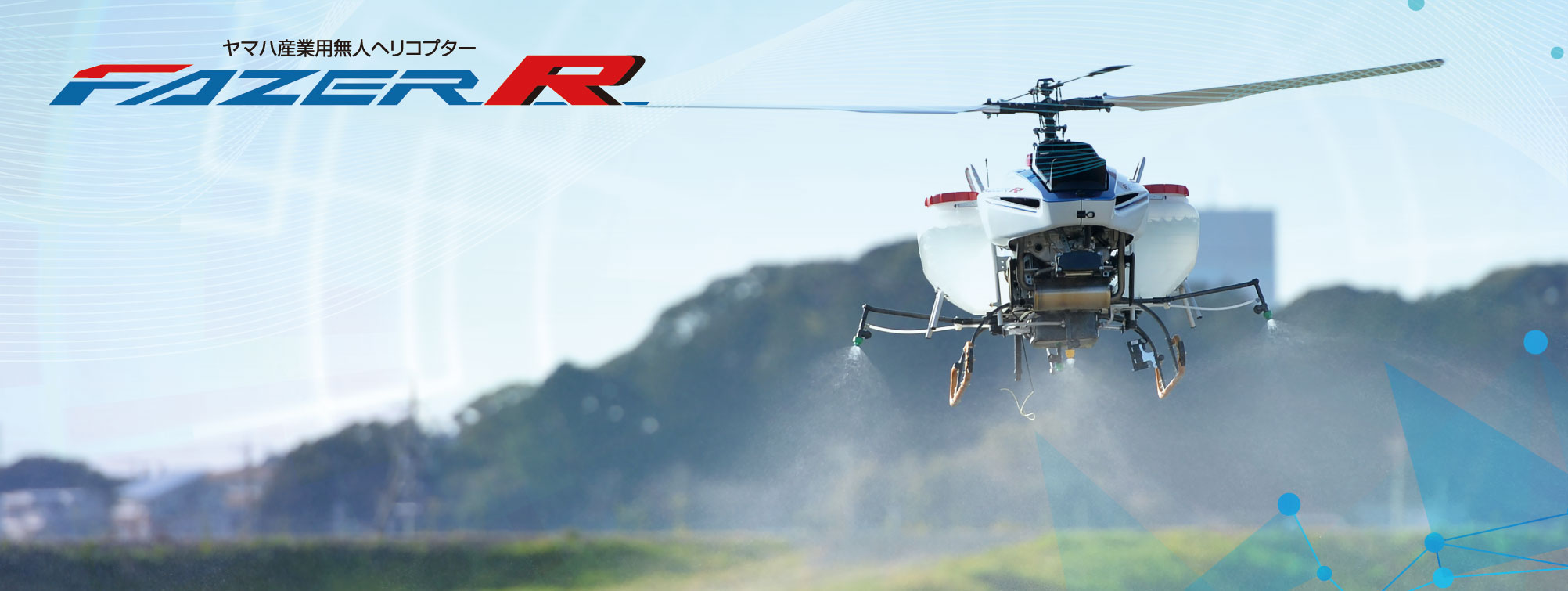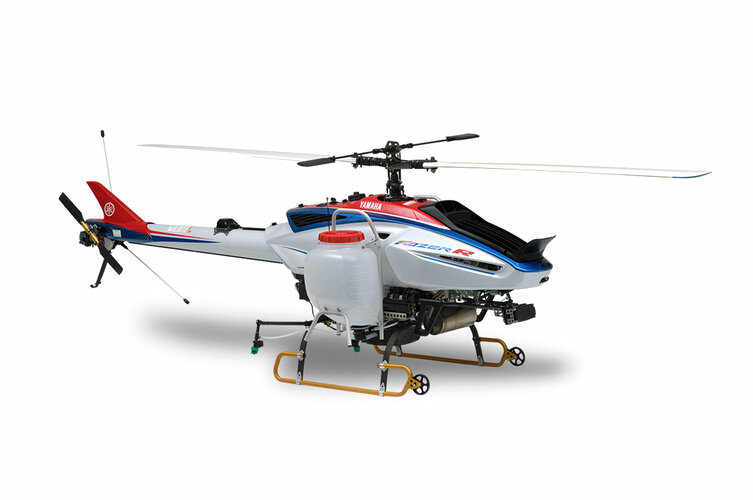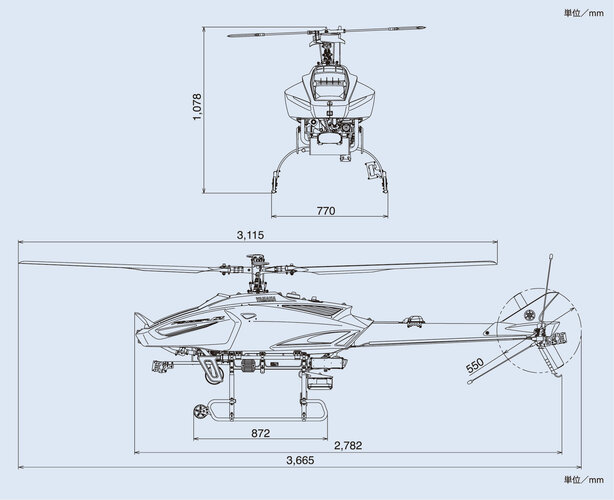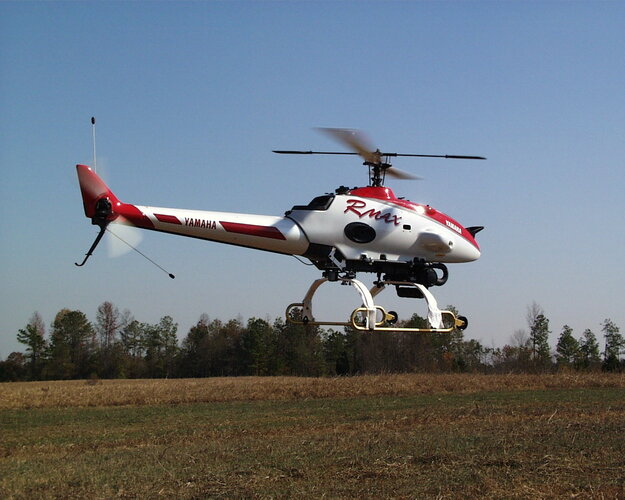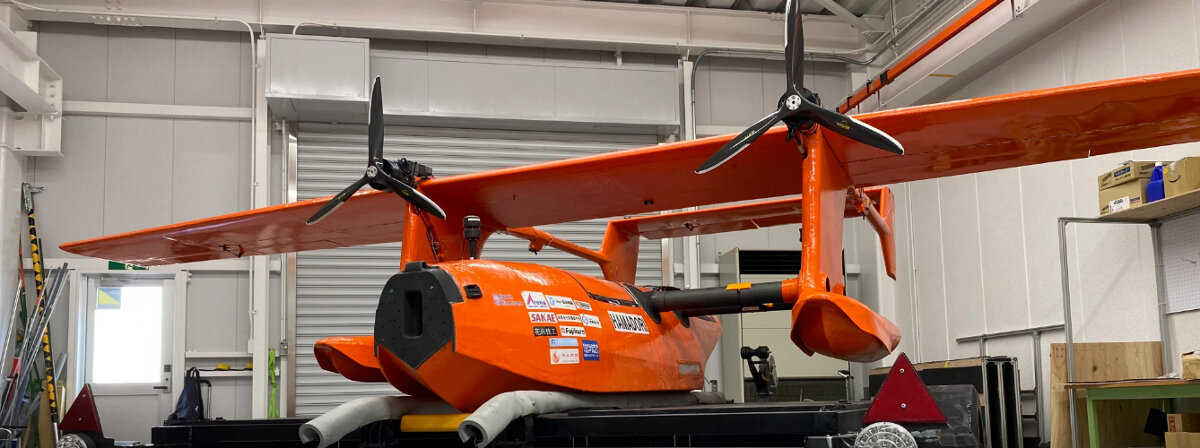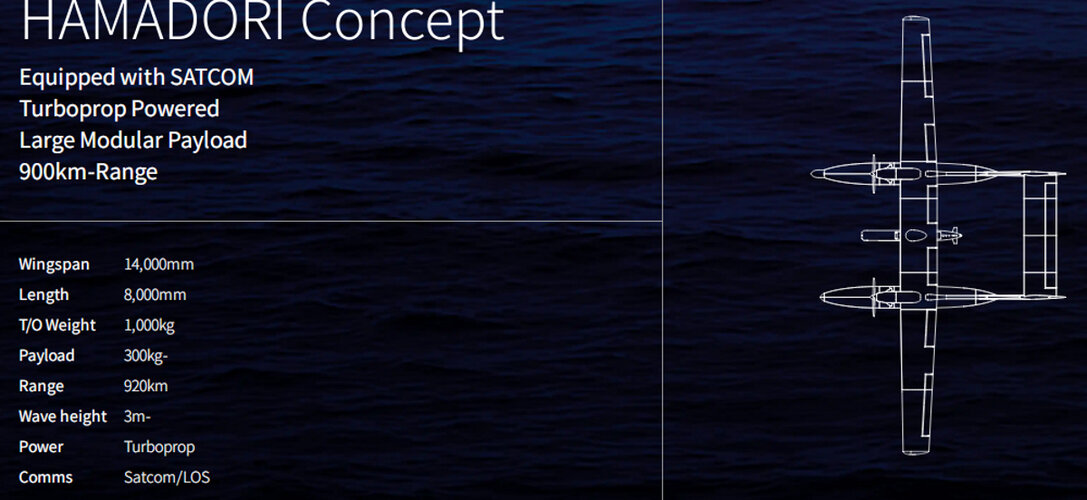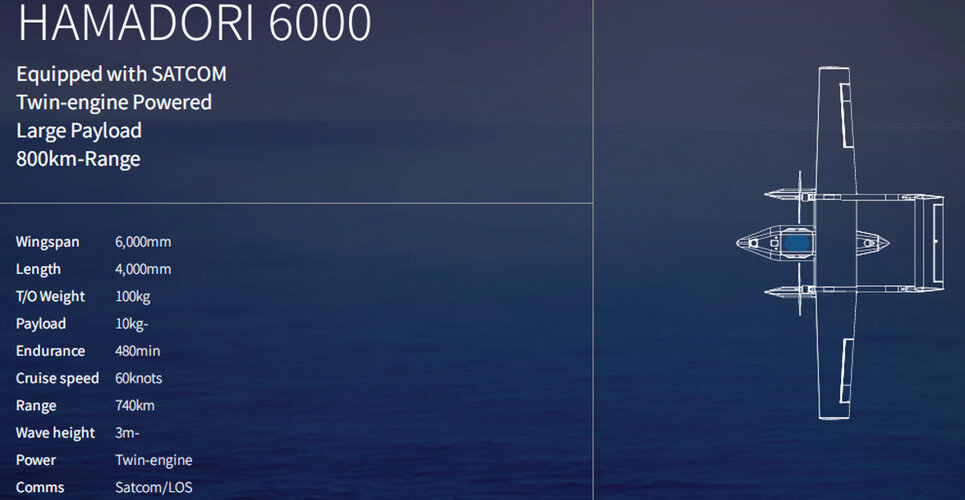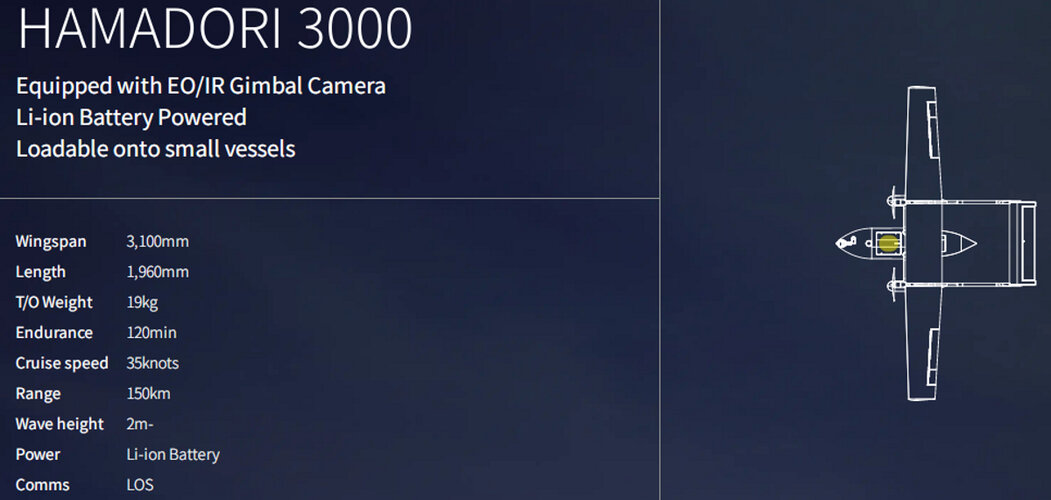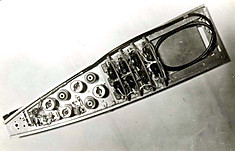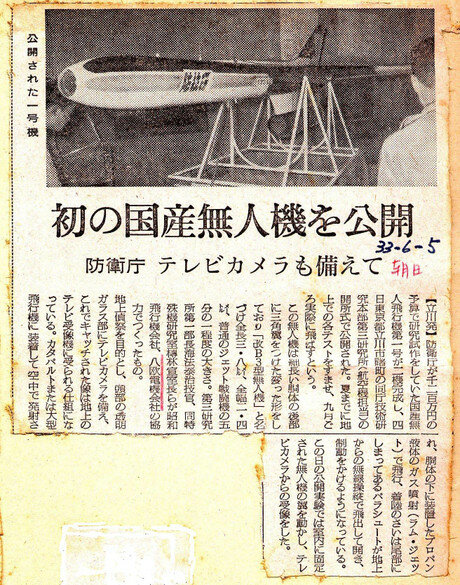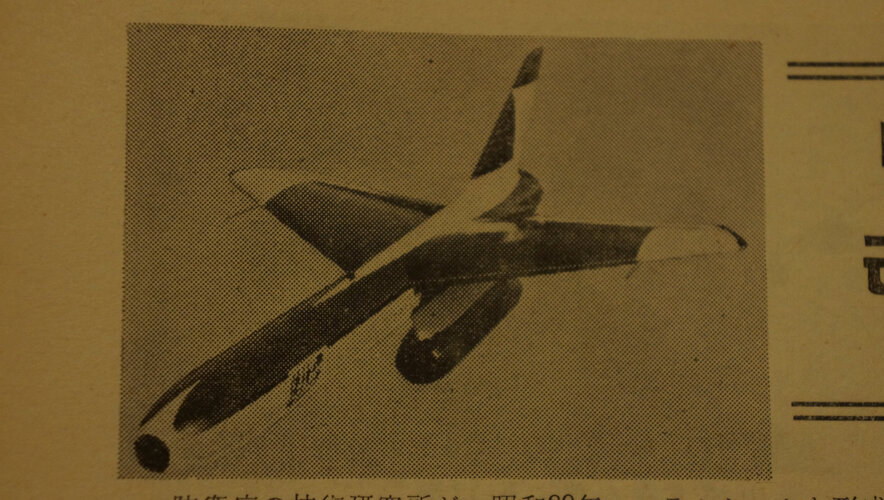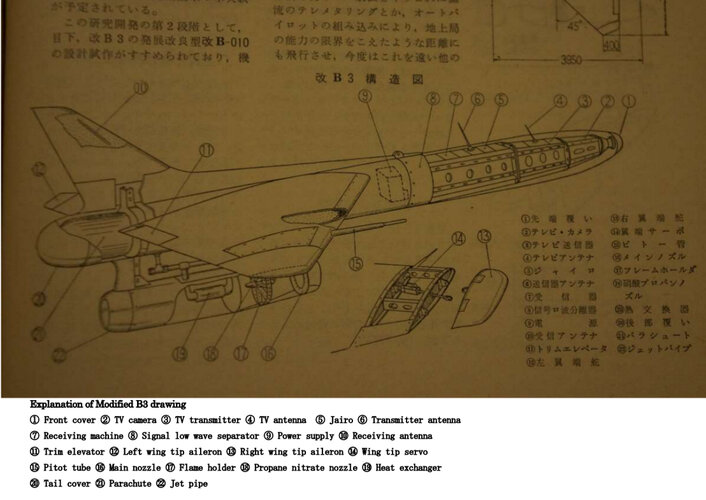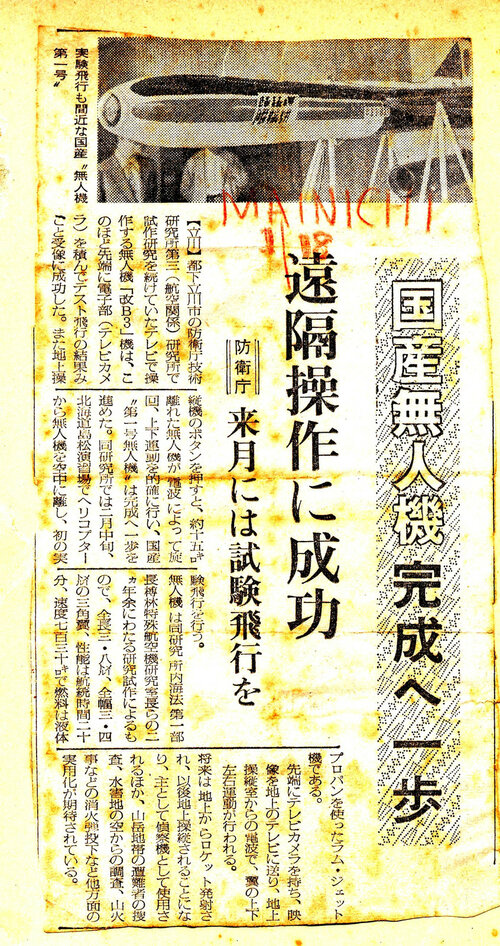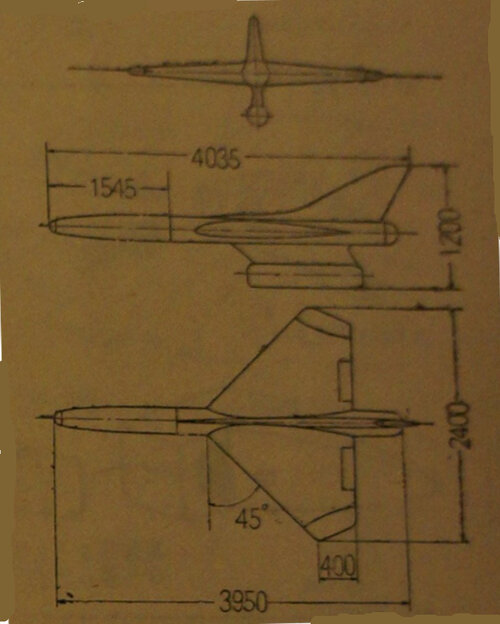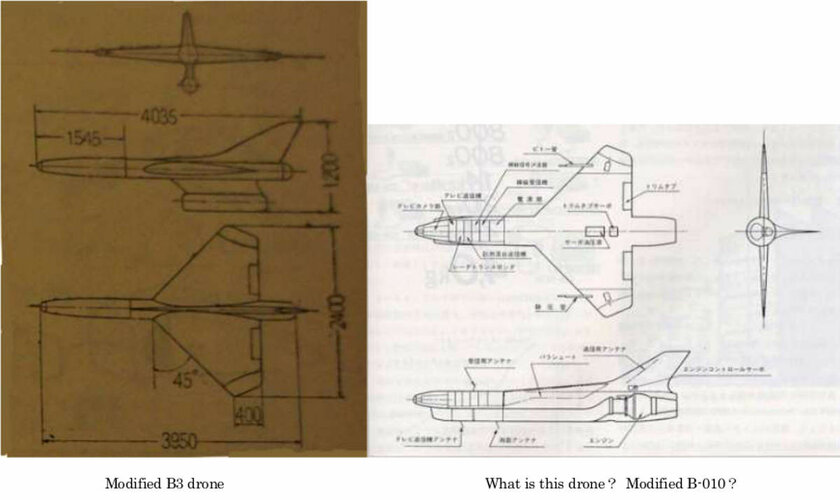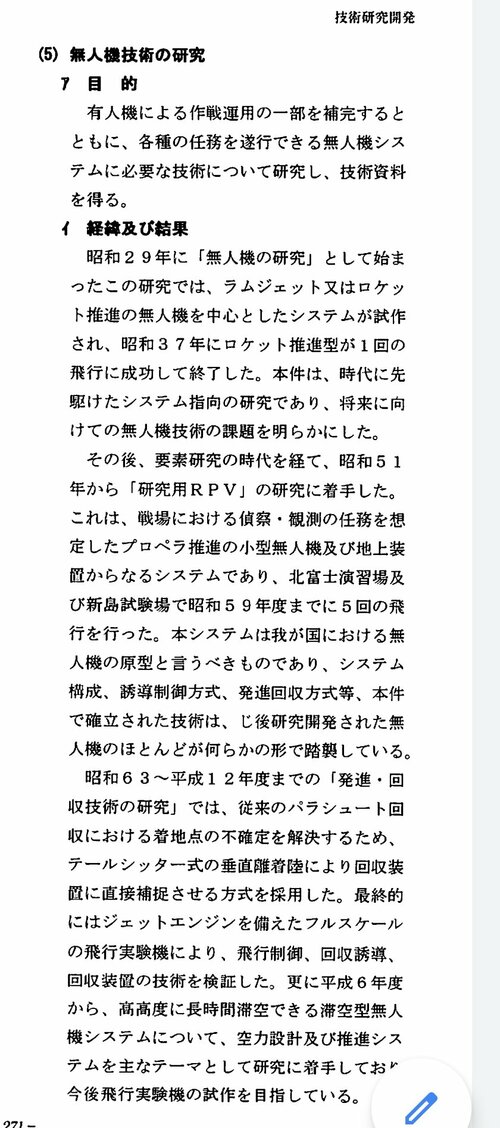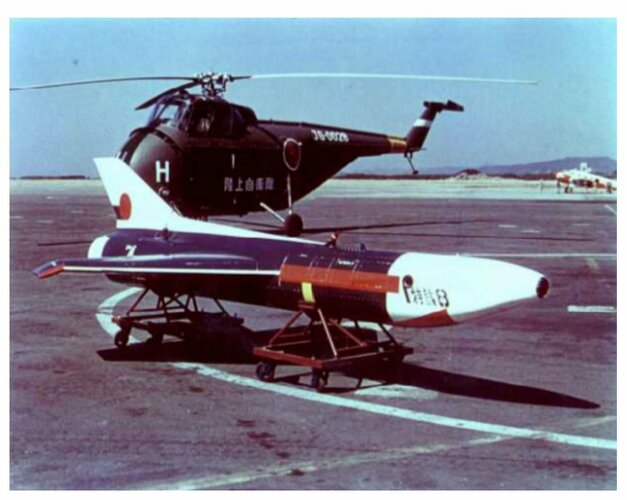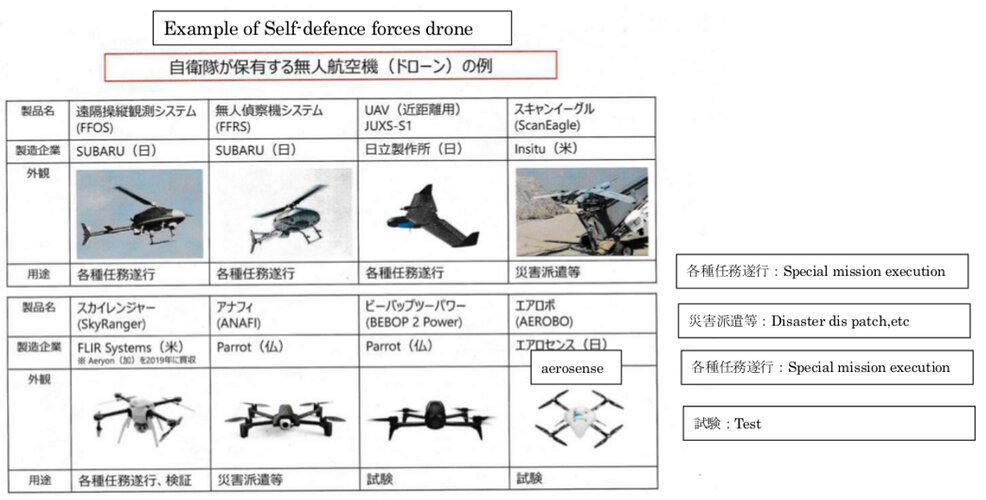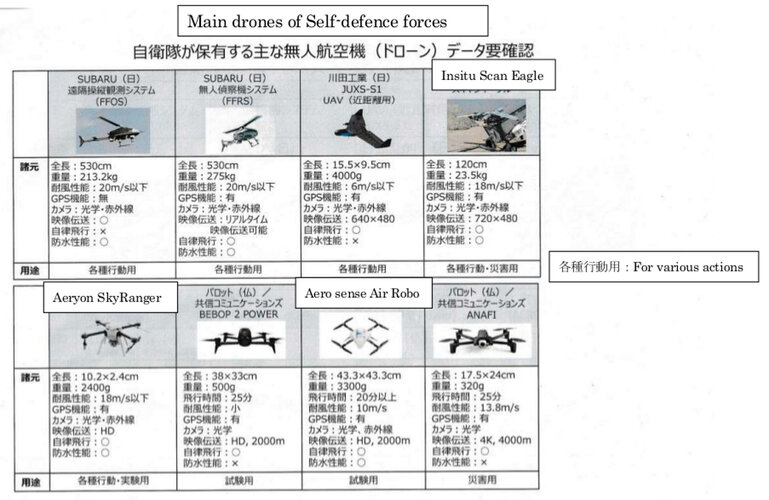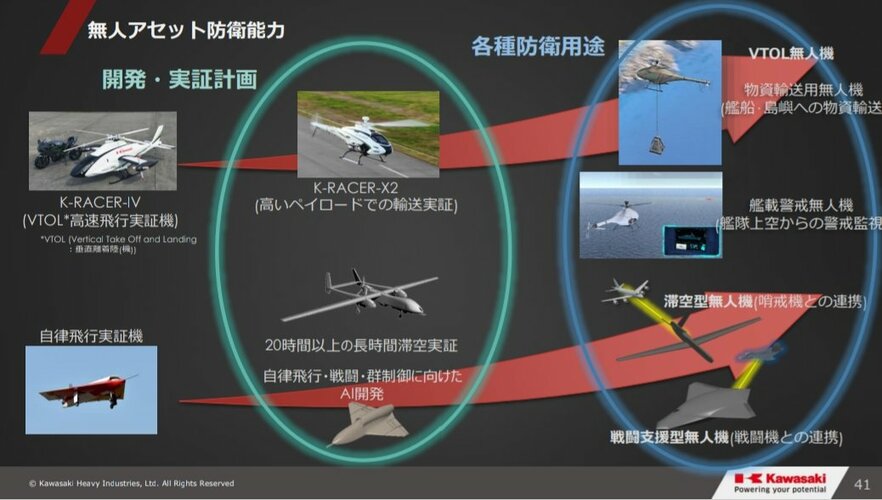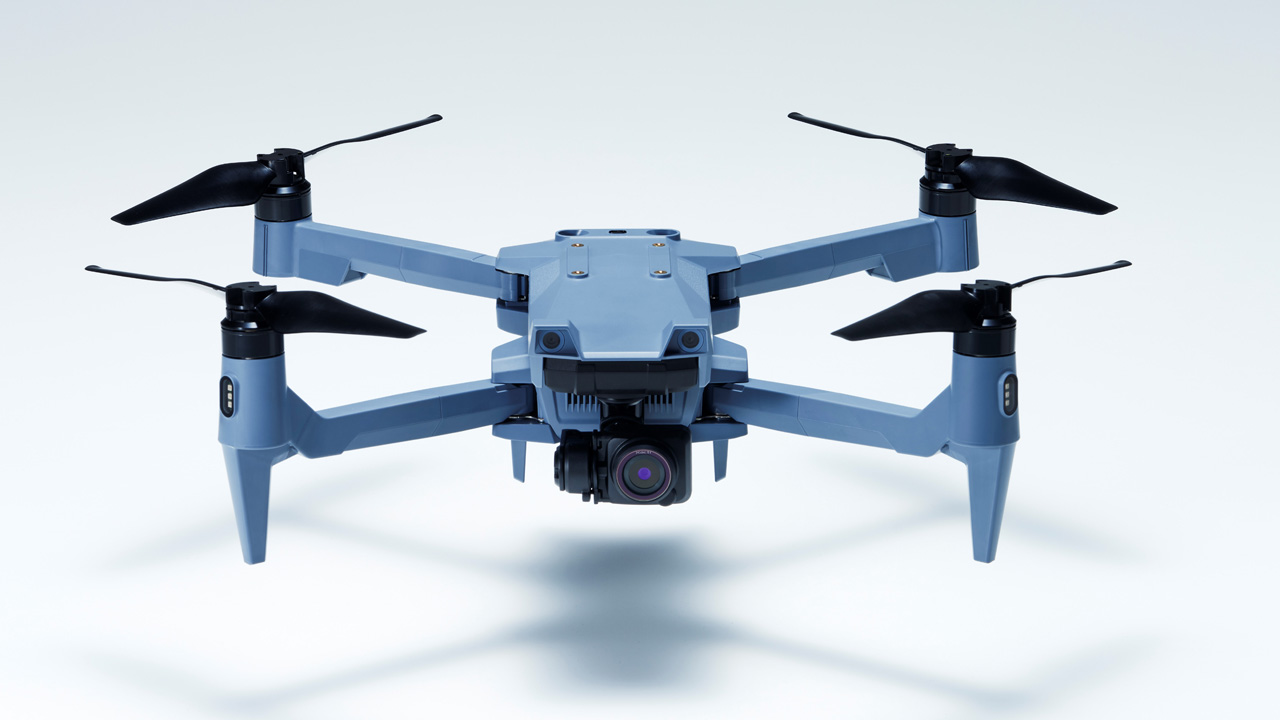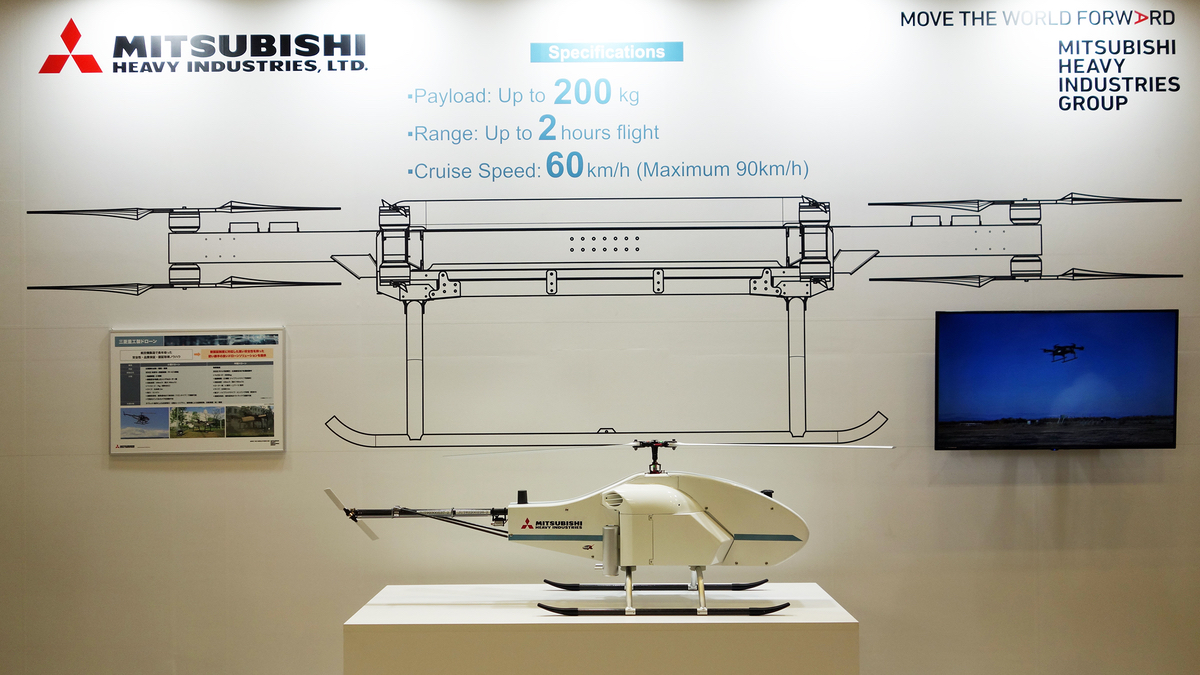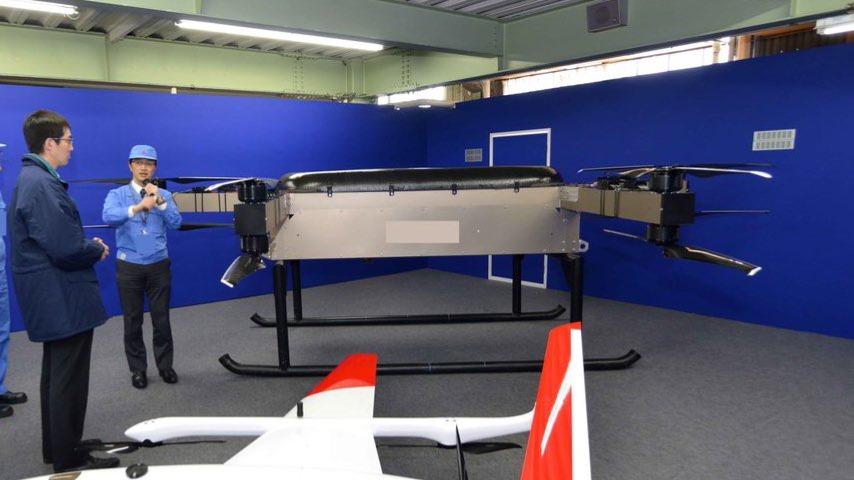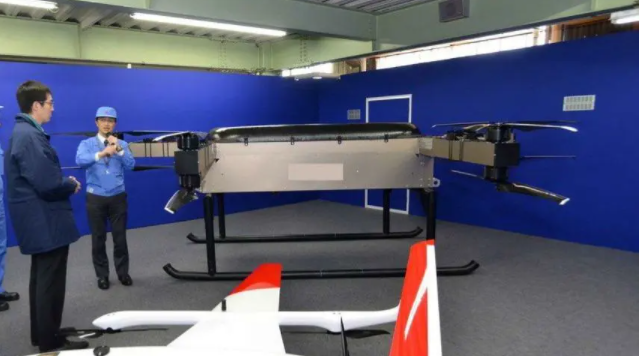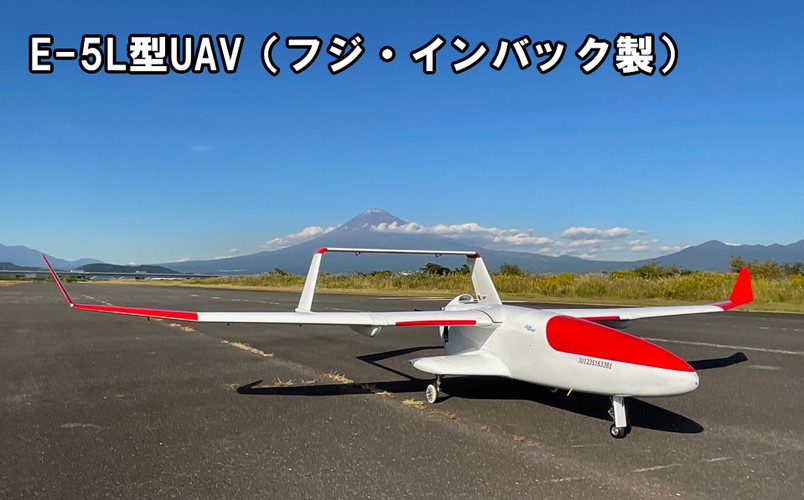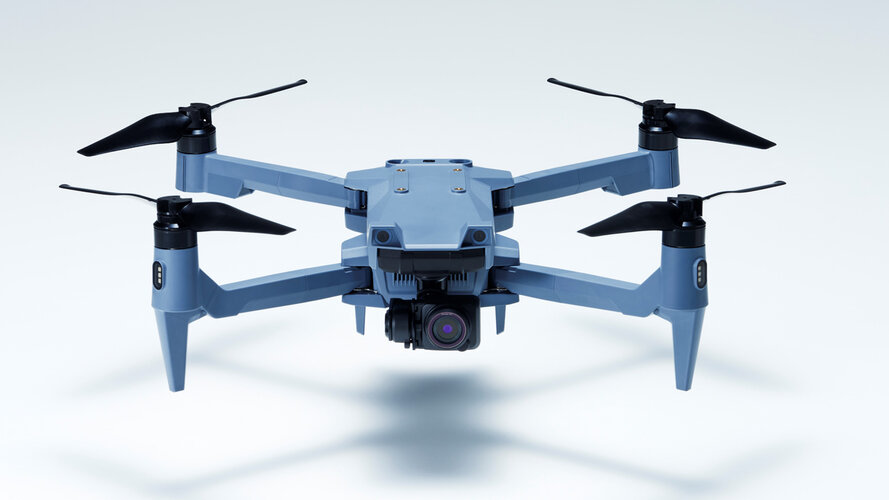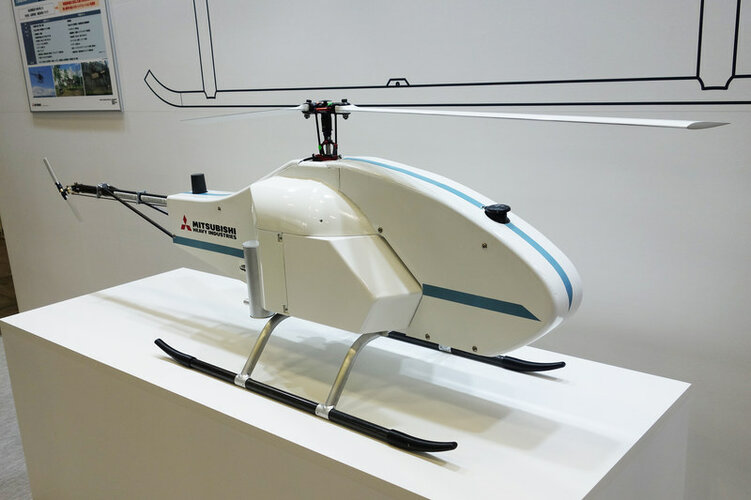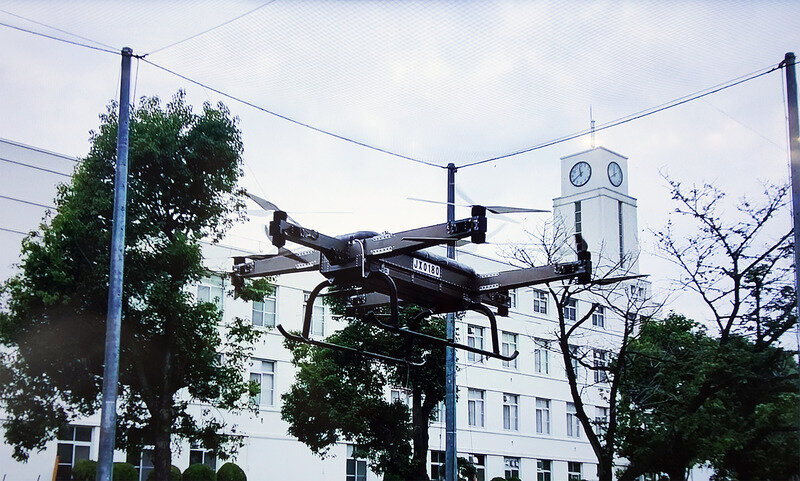ãIHIã°ã«ã¼ãã®ãªãã§ãããã±ãããå°åè¡æã®éçºã«åãçµãIHIã¨ã¢ãã¹ãã¼ã¹ã¯ããã«ãã³ãã¿ã¼ã«ããã¦æ大ã¯ã©ã¹ã®å¯æ¬ééãæã¡ããã¤ããªããæ§é ã«ãã£ã¦é·æéé£è¡ãå®ç¾ãããi-Gryphonããéçºãããä»åãåãã¦ã®å¬éã¨ãªãã

drone-journal.impress.co.jp
View: https://www.youtube.com/watch?v=M8UIZXLuylM
IHI Aerospace Co., Ltd.(IA) is developing a drone equipped with an engine-electric hybrid system that achieves long-term flight and heavy object holding, which was difficult to achieve with an electric multicopter that uses batteries as an energy source.
The lithium-ion battery installed in many electric drones is lighter than other batteries (lead-acid battery, nickel-metal hydride battery, etc.), but it is not light enough as an energy source for drones that fly for a long time.
It is said that the current general flight time of electric drones is about a few minutes ~ 20 minutes with a full load of lightweight luggage.
A lighter energy source is required to increase the flight time.
For example, gasoline has a mass-energy density several tens of times that of batteries, so it can be said that it is an order of magnitude lighter energy source than batteries, which is advantageous as drones become larger and for long-term flights.
However, when the rotor itself is driven by a gasoline reciprocating engine, the response to the control of the rotor speed is much lower than that of the electric motor, and the rotation speed cannot be changed quickly.
For this reason, stable flight control of the multirotor type by directly driving the rotor with the engine has not been realized.
The most common drone that uses a reciprocating engine is a helicopter type that slowly rotates a large rotor blade, and attitude control is achieved by adjusting the blade angle of the rotor blade.
The large rotor blades used in helicopters are prone to contact accidents in crowded places, and the control of the aircraft is more difficult than that of the multicopter type.
For this reason, the places where it can be used safely are limited to the multicopter type.
The hybrid system installed in the i-Gryphon used two high-output ducted fans driven by a reciprocating engine and four electric propellers (eight units).
A high-power ducted fan can generate more than five times the thrust of an electric propeller of the same diameter, and this is used as the levitating thrust of the aircraft.
In addition, the engine output is used to drive a generator to generate electric power, and this power is used to control the attitude of the aircraft with a type 4 electric propeller attached to the outer edge of the fuselage.
By using gasoline as the energy source with a high mass energy density, it was possible to fly for a longer time than an electric drone.
In addition, the attitude control was performed by an electric propeller that enabled quick response, and stable attitude control and operability like an electric multirotor were ensured.
In addition, unlike the exposed rotor of a helicopter, the i-Gryphon's ducted fan has a rotating part protected by a duct and the surrounding electric propeller is also guarded, so it is difficult to cause a collision with the rotating part, and the i-Gryphon can be used safely over a wide range of areas.
IA conducted a demonstration flight with the i-Gryphon prototype aircraft in FY2020. Currently, we are developing a new model based on customer feedback. In addition to the development of the hybrid system, we are also studying the improvement of operability as a drone, developing automatic navigation technology that ensures safety, and applying the latest As efforts to save labor and unmanned technology accelerate in all fields due to the declining birthrate and aging population in Japan society, policies to expand the drone market and expand the application fields of drones are being launched in rapid succession as a national strategy.
IA will promote product development and service improvement so that i-Gryphon's labor-saving and unmanned technology can contribute to solving social issues.


















